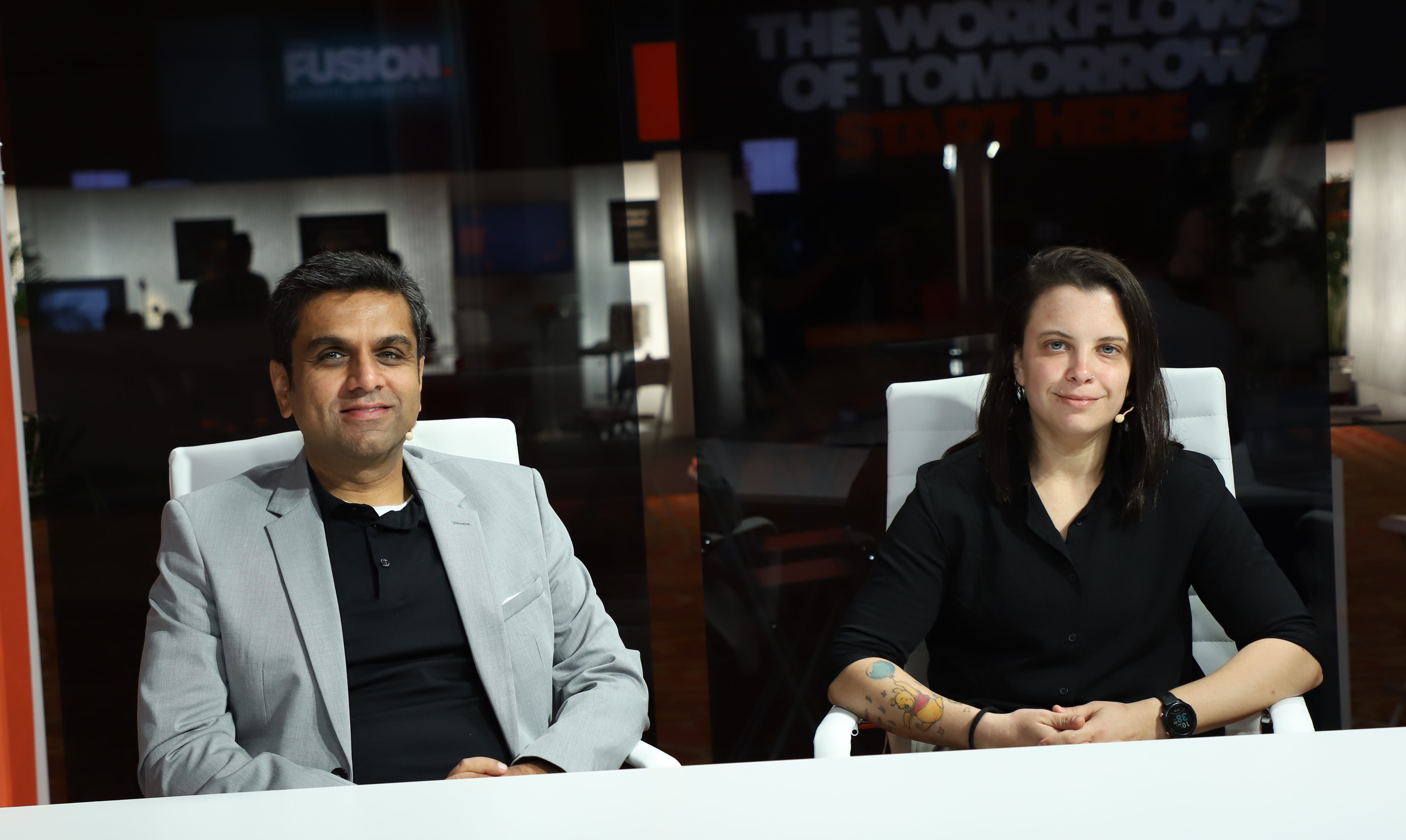
In the first round of agentic AI applications, the most successful use cases have been narrow in scope and business-specific, as seen with Cato Networks Ltd.’s work on Zendesk.
Cato Networks is a network security company with its own software-as-a-service platform. It recently used agentic AI to classify tickets — specific requests made through the Zendesk IT portal — after they are closed.
“A ticket can be open from hours to days,” said Daniela Rosenstein (pictured, right), agentic AI and RPA lead at Cato Networks. “There’s a lot of support engineers who will review it through its life cycle, and then there’s one support engineer who will close the ticket and will have to give it the right classification. We wanted to find the right classification for every ticket to have this data correct.”
Rosenstein and Taqi Jaffri (left), senior director of product management at UiPath Inc., spoke with theCUBE’s Dave Vellante and Rebecca Knight at UiPath Fusion, during an exclusive broadcast on theCUBE, SiliconANGLE Media’s livestreaming studio. They discussed Cato Network’s AI applications and UiPath’s vision for autonomous agents. (* Disclosure below.)
Cato Networks develops task-specific agents
UiPath has released more agentic AI updates to its business automation platform, including Maestro Case Management for prebuilt orchestration templates and a range of purpose-built agents. Cato Networks, which uses agentic AI to streamline its ticket classification, is one of UiPath’s customer success stories.
“In order to have real ROI from an agent,” Jaffri said. “You have to very clearly scope what it does, and have almost a narrow and very specific definition of what you’re feeding it or what you’re expecting out of it. That’s the way I would characterize it: small in scope but big in impact.”
One of Cato Networks’ agentic use cases that is still in development involves analyzing the tickets in their ecosystem and generating an agent that can provide the requested customer support. Using AI to address that part of the workflow saves time and mental energy for the employees, removing what Vellante terms “productivity papercuts.”
“We realized that around 60 percent of the tickets are pretty repetitive,” Rosenstein explained. “People ask for licenses, they have the same requests most of the time, and we generated an agent. This one is currently in testing … which is able to read the ticket, to review the ticket and to have a call for action.”
The rise of vibe coding has made it possible for non-developers to experiment with AI. Rosenstein foresees a world where business owners can generate agents for specific tasks within the company. At UiPath, developers are getting creative with automation by building visual or video representations for its agents, according to Jaffri. The art of describing tasks to an agent is now a focus of innovation.
“There’s new modalities for these agents,” he said. “One of the things we’ve announced at this conference is Project Delegate where you can actually do the task and just hit a screen record button, and the agent watches you do it. You can classify some tickets, and then it’s like, voila, here you go.”
Here’s the complete video interview, part of SiliconANGLE’s and theCUBE’s coverage of UiPath Fusion:
(* Disclosure: TheCUBE is a paid media partner for UiPath Fusion. Neither UiPath Inc., the sponsor of theCUBE’s event coverage, nor other sponsors have editorial control over content on theCUBE or SiliconANGLE.)
Photo: SiliconANGLE